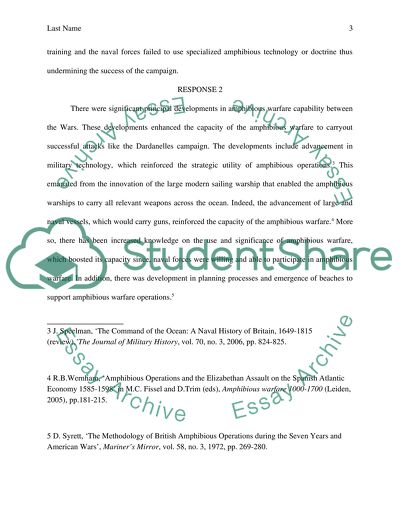Cite this document
(“The Development of a Modern Amphibious Warfare Capability: From the Essay”, n.d.)
Retrieved from https://studentshare.org/military/1485325-the-development-of-a-modern-amphibious-warfare
Retrieved from https://studentshare.org/military/1485325-the-development-of-a-modern-amphibious-warfare
(The Development of a Modern Amphibious Warfare Capability: From the Essay)
https://studentshare.org/military/1485325-the-development-of-a-modern-amphibious-warfare.
https://studentshare.org/military/1485325-the-development-of-a-modern-amphibious-warfare.
“The Development of a Modern Amphibious Warfare Capability: From the Essay”, n.d. https://studentshare.org/military/1485325-the-development-of-a-modern-amphibious-warfare.


